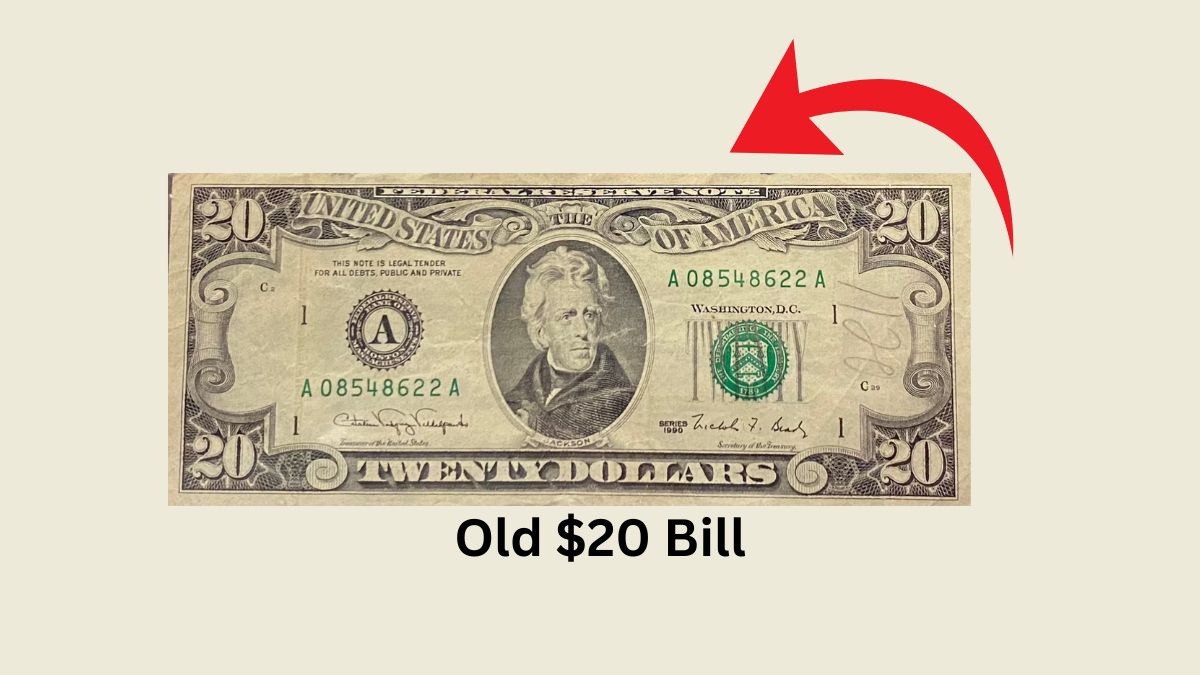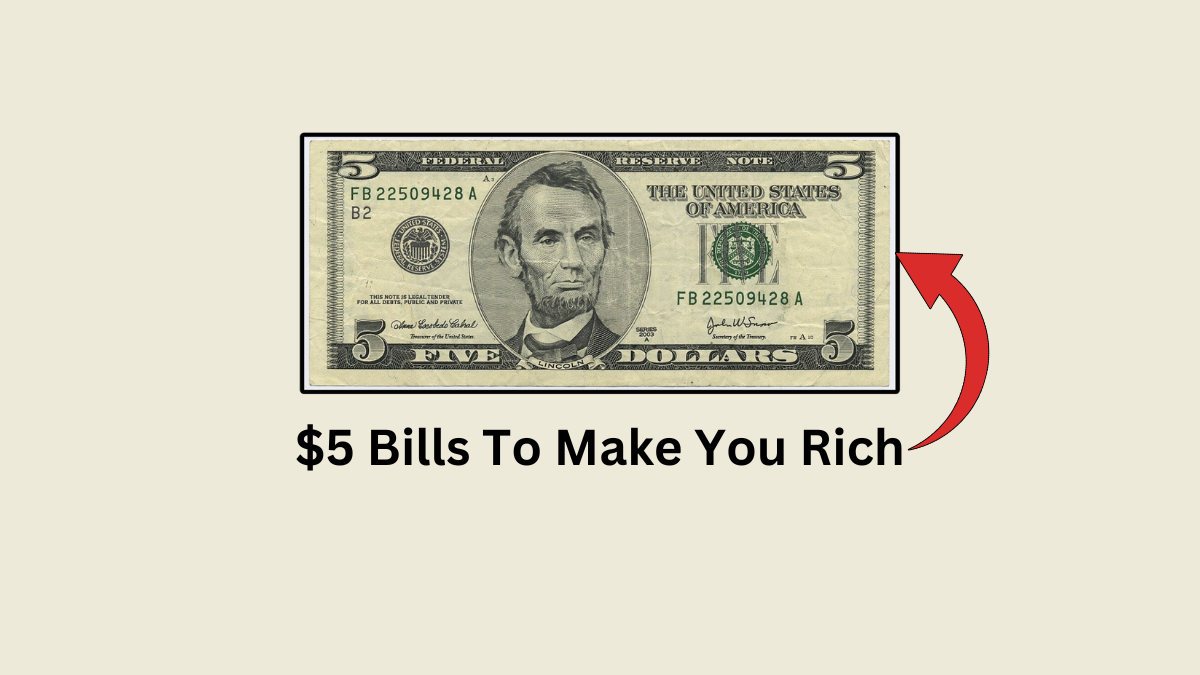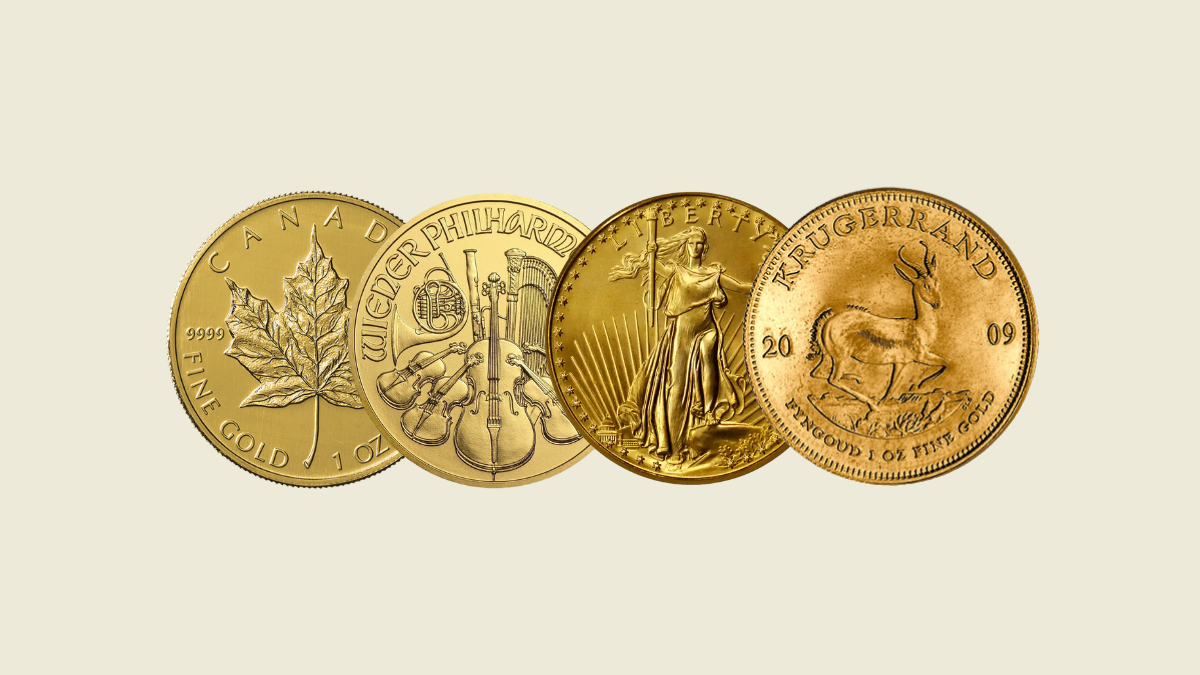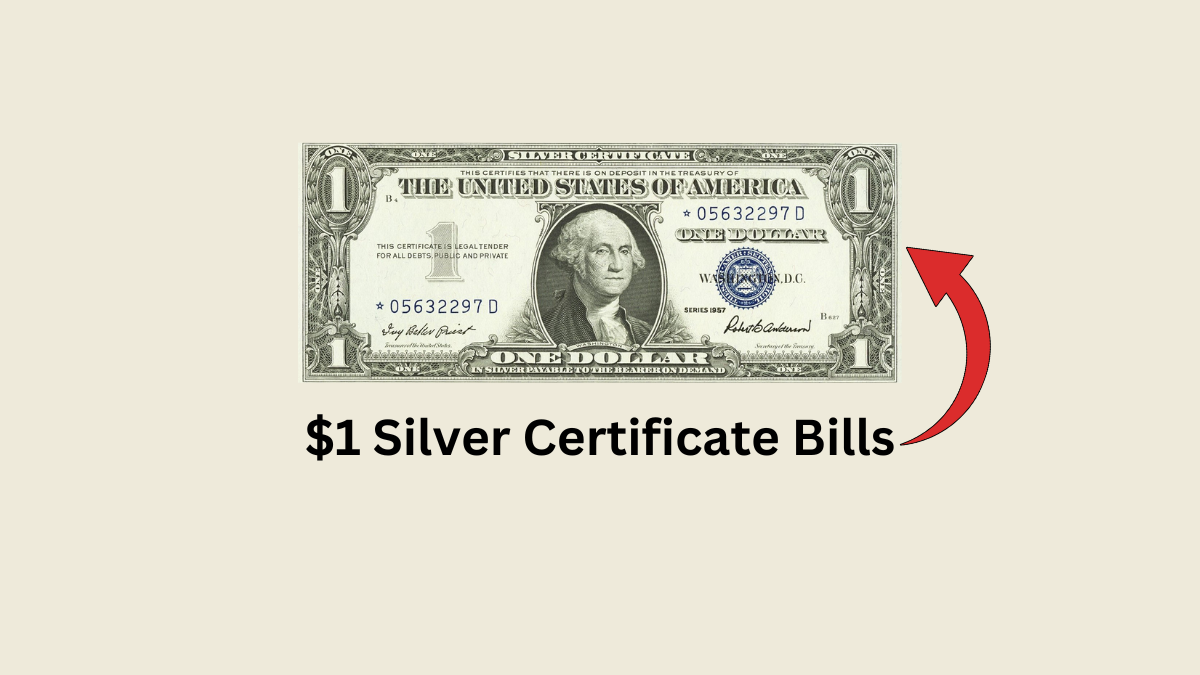Collecting old currency is a hobby steeped in history and value, but some finds can completely transform a collection.
One such discovery is a rare $20 bill that has been valued at over $400,000, more than 20,000 times its original face value.
What makes this bill so special? From unique printing errors to historical significance, several factors contribute to its extraordinary worth. Here’s everything you need to know about this incredible piece of currency.
What Makes an Old $20 Bill Worth a Fortune?
Old $20 bills have captivated collectors for years, with certain rare examples fetching astronomical sums. These bills’ value depends on a combination of factors, including their rarity, condition, historical context, and unique characteristics.
1. Historical Significance
The $20 bill has a storied history, with designs and security features evolving over time. Bills from certain eras, such as the Gold Certificate $20 bills from the early 1900s, hold immense historical value.
These bills were backed by gold and were redeemable for their equivalent value in gold coinage, making them a unique relic of America’s financial past.
2. Printing Errors
Printing errors can turn an ordinary $20 bill into a collector’s dream. Some of the most valuable errors include:
- Mismatched Serial Numbers: When the serial numbers on the front of the bill do not match, it’s an extremely rare error.
- Misprints: Examples include upside-down or missing elements like seals, serial numbers, or even entire design layers.
- Overprinting Errors: This occurs when text or design elements are printed multiple times or in the wrong location.
3. Low or Unique Serial Numbers
Serial numbers play a significant role in a bill’s value. Collectors seek out:
- Low Serial Numbers: Bills with numbers like 00000001 are exceptionally rare.
- Repeating or Palindrome Numbers: Serial numbers like 12344321 or 11111111 are highly desirable.
- Star Notes: Indicated by a small star symbol, these notes replace bills damaged during the production process and are printed in limited quantities.
4. Rare Series or Types
Certain series of $20 bills, such as the 1861 Demand Notes or the 1905 Gold Certificate known as the “Technicolor Note,” are incredibly scarce. Their limited mintage and historical importance make them highly sought after.
5. Condition and Grading
The condition of an old $20 bill is crucial in determining its value. Certified grading by professional services like PMG (Paper Money Guaranty) or PCGS Currency can significantly enhance its value. Grading ranges include:
- Crisp Uncirculated (CU): Bills in pristine condition with no folds or creases.
- Very Fine (VF): Minimal signs of wear but still well-preserved.
- Good (G): Heavily circulated with significant signs of use.
| Type of $20 Bill | Year | Estimated Value | Key Feature |
|---|---|---|---|
| 1905 Gold Certificate | 1905 | $20,000 – $500,000 | Known as the “Technicolor Note” due to its vivid colors. |
| 1861 Demand Note | 1861 | $50,000 – $200,000 | First $20 bill issued during the Civil War. |
| Serial Number 00000001 | Any Year | $10,000 – $100,000 | Extremely low serial number. |
| Mismatched Serial Number | Any Year | $15,000 – $150,000 | Printing error where serial numbers do not match. |
| Star Note Replacement Bill | Any Year | $5,000 – $50,000 | Limited replacement series with a star symbol. |
How to Identify a Valuable $20 Bill
- Check the Serial Number: Look for low, unique, or star serial numbers.
- Inspect for Errors: Mismatched serial numbers, missing seals, or printing errors can add immense value.
- Determine the Series Year: Rare series like the 1861 Demand Notes or Gold Certificates are particularly valuable.
- Assess the Condition: Pristine bills in uncirculated condition fetch the highest prices.
- Authenticate and Grade: Use professional grading services to verify authenticity and condition.
The world of rare currency is a fascinating realm where history, artistry, and value intersect. The rare $20 bill valued at over 20,000 times its face value is a testament to the allure of numismatics.
Whether you’ve inherited old bills or stumbled upon one in your collection, understanding their unique features and history can unlock a treasure trove of value.
Check your drawers, safe boxes, or collections—you might just be holding a fortune in your hands!
FAQs
How do I know if my $20 bill is valuable?
Check the serial number, year, and condition. Look for unique features like printing errors or low serial numbers. Professional appraisal and grading can confirm its value.
What is the most valuable $20 bill ever sold?
The 1905 Gold Certificate (Technicolor Note) is one of the most valuable $20 bills, selling for over $500,000 at auction.
Can I sell a rare $20 bill online?
Yes, platforms like eBay and dedicated auction houses are popular options for selling rare currency. Ensure your bill is authenticated and graded to attract serious buyers.




